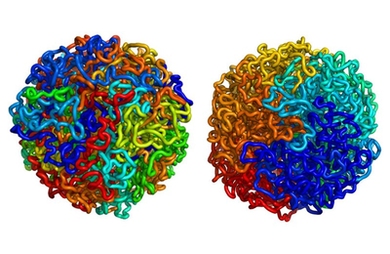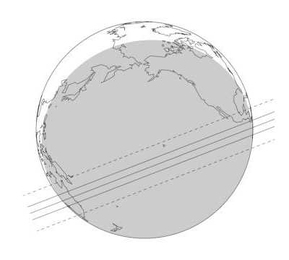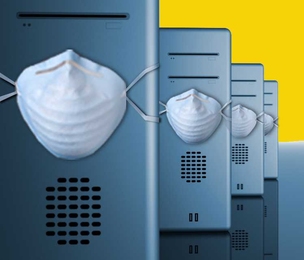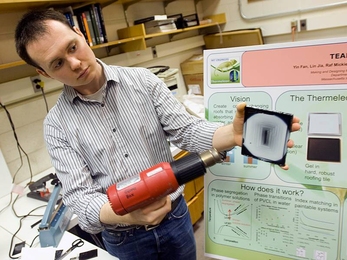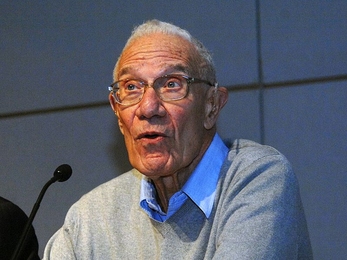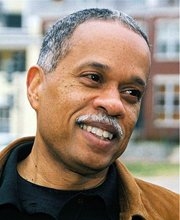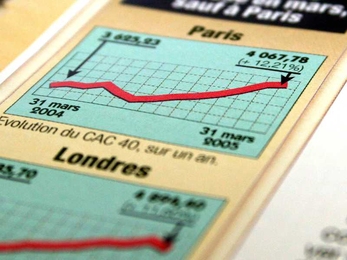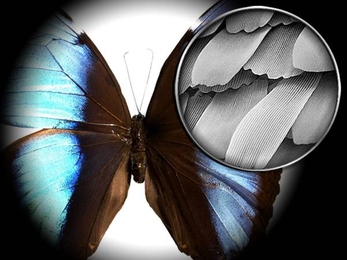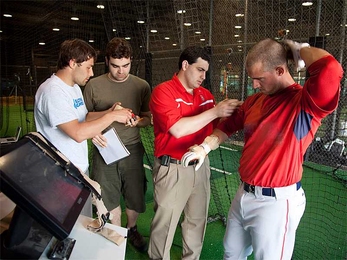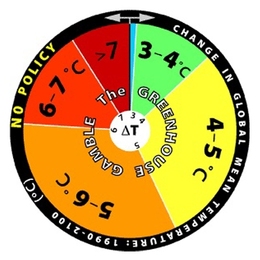Search Stories
Quantum computing may actually be useful
A quantum algorithm that solves systems of linear equations could point in a promising new direction.
A new dimension for genome studies
By revealing the 3-D structure of DNA, scientists explain how it manages to stay untangled. The findings could also help reveal how cells regulate their genes.
Tracking icy objects, across the globe
Pilot project sets the stage for MIT-led globe-girdling efforts to learn about icy relics of the solar system's birth.
Energy savings in black and white
MIT students develop concept for color-changing roof tiles that absorb heat in winter, reflect it in summer.
3 Questions: Robert Solow on the struggle ahead
The MIT Nobel laureate explains why we need more economic stimulus — and more innovation.
A capital achievement
In White House ceremony, President Barack Obama presents JoAnne Stubbe with the National Medal of Science in recognition of enzyme research that led to cancer drug.
Asteroids honor and motivate young scientists
Since 2001, MIT Lincoln Laboratory’s Ceres Connection program, in conjunction with the International Astronomical Union, has celebrated more than 1,500 science fair winners by naming minor planets in their honor.
3 Questions: Vincent Lépinay on bankers unleashed
An MIT anthropologist, who studies financial practices, discusses how ever-changing banking tools baffle regulators.
To peer inside a living cell
Quantum mechanics could help build ultra-high-resolution electron microscopes that won't destroy living cells, according to MIT electrical engineers.
How to limit risk of climate catastrophe
Comprehensive analysis of the odds of climate outcomes under different policy scenarios shows significant benefits from early actions.

